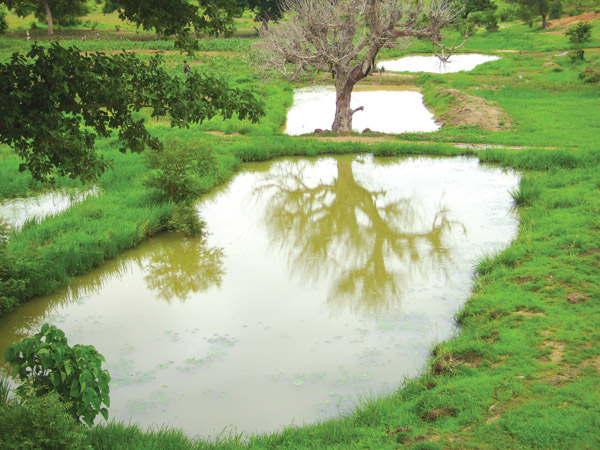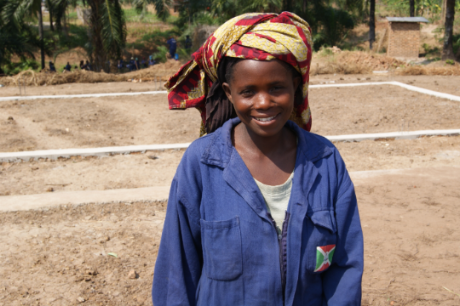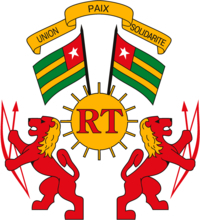Togo's Second National Communication - November 2010
Project Overview
The creation of a National Communication offers countries the opportunity to contribute with technically sound studies and information that can be used for designing mitigation and adaptation measures, and project proposals that can and will help increase their resilience to the impacts of climate change. Activities generally include: V&A assessments, Greenhouse Gas Inventory preparation, Mitigation Analysis or Education, and awareness raising activities. The ultimate goal is the integration of climate change considerations into relevant social, economic and environmental policies and actions.
Key Vulnerabilities:
- Agriculture/Food Security
- Coastal Zones and Marine Ecosystems
- Water Resources
- Public Health
- Fisheries
- Terrestrial Ecosystems
Project Details
Togo is located in West Africa on the Guinea Coast. At latitudes of 6‐12°N, the climate of Togo is tropical, and strongly influenced by the West African Monsoon.
The rainfall seasons of Togo are controlled by the movement of the tropical rain belt, which oscillates between the northern and southern tropics over the course of a year. In northern Togo, there is a single wet season occurring between May and November, when the ITCZ is in its northern position and the prevailing wind is south‐westerly, and a dry season between December and March when the ‘Harmattan’ wind blows north‐easterly.
The seasonal rainfall in this region varies considerably on inter‐annual and inter‐decadal timescales, due in part to variations in the movements and intensity of the ITCZ, and variations in timing and intensity of the West African Monsoon.
The most well documented cause of these variations is the El Niño Southern Oscillation (ENSO). El Niño events are associated with drier conditions in West Africa. Seasonal variations in temperature in Togo are greatest in the north, with highest temperatures in the hot, dry season at 27‐32°C, and lowest at 25‐27°C. Further south, temperatures reach up to 27‐32°C in the warmest season, and 22‐25°C at their lowest.
Source: University of Oxford, School of Geography and the Environment. Accessed on 23 November 2009 at: http://country-profiles.geog.ox.ac.uk/.
Key Results and Outputs
- Sustainable development and the integration of climate change concerns into medium- and long-term planning
- Inventories of anthropogenic emissions by sources and removals by sinks of greenhouse gases
- Measures contributing to addressing climate change
- Research and systematic observation
- Climate change impacts, adaptation measures and response strategies
- Education, training and public awareness
Reports and Publications
Assessments and Background Documents
Togo's Second National Communication - Official Document (French) - November 2010
Monitoring and Evaluation
In 1992, countries joined an international treaty, the United Nations Framework Convention on Climate Change, to cooperatively consider what they could do to limit average global temperature increases and the resulting climate change, and to cope with whatever impacts were, by then, inevitable.
Parties to the Convention must submit national reports on implementation of the Convention to the Conference of the Parties (COP). The required contents of national communications and the timetable for their submission are different for Annex I and non-Annex I Parties. This is in accordance with the principle of "common but differentiated responsibilities" enshrined in the Convention.
The core elements of the national communications for both Annex I and non-Annex I Parties are information on emissions and removals of greenhouse gases (GHGs) and details of the activities a Party has undertaken to implement the Convention. National communications usually contain information on national circumstances, vulnerability assessment, financial resources and transfer of technology, and education, training and public awareness.
Since 1994, governments have invested significant time and resources in the preparation, collection and validation of data on GHG emissions, and the COP has made determined efforts to improve the quality and consistency of the data, which are ensured by established guidelines for reporting. Non-Annex I Parties receive financial and technical assistance in preparing their national communications, facilitated by the UNFCCC secretariat.




